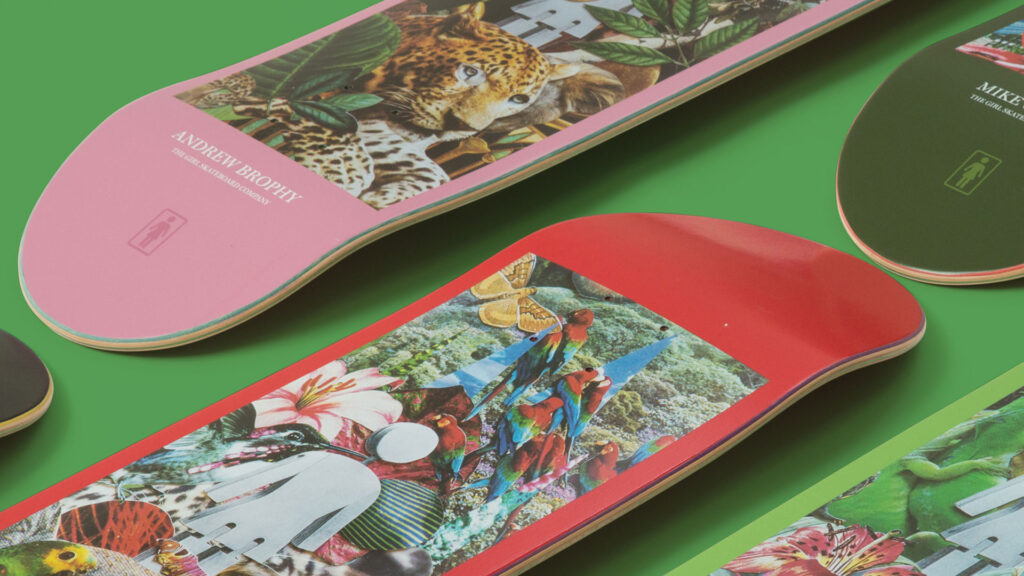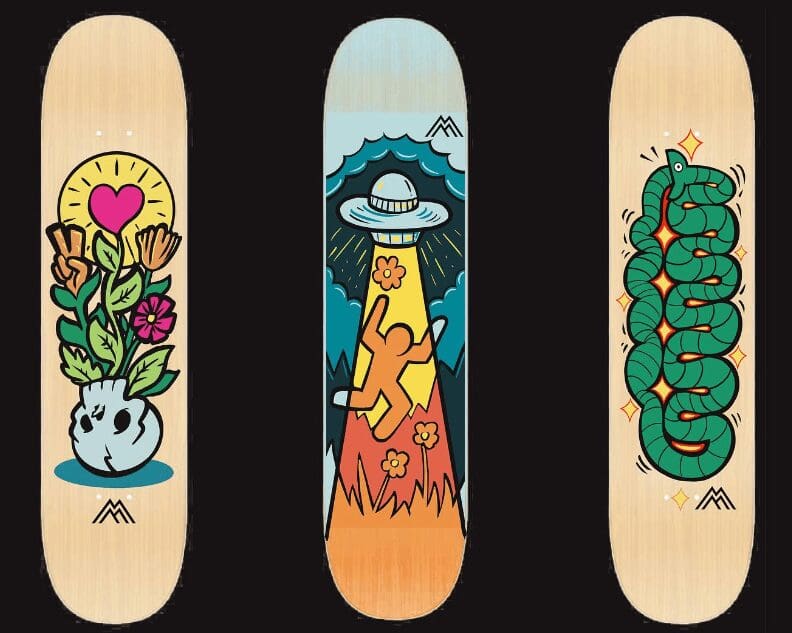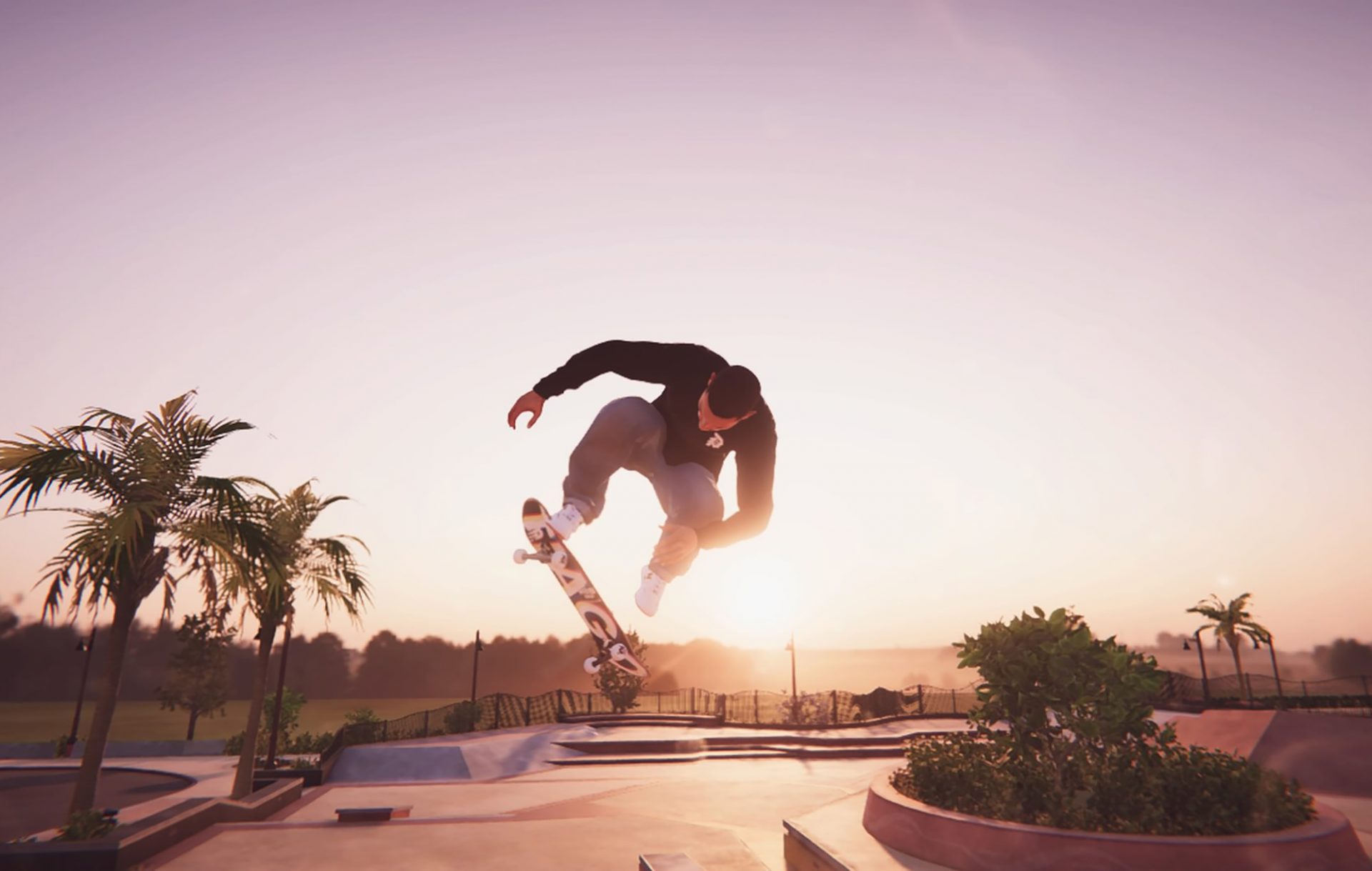Skateboarding isn’t just a sport; it’s a culture rich in style and self-expression. One of the most distinctive ways skaters showcase their personality and stand out is through the use of custom decals on their skateboards. These small yet impactful designs not only add character to a skateboard but also allow skaters to make a statement every time they hit the parks or streets. Whether you’re looking to personalize your own deck or create a custom gift for a fellow skater, designing your own skating decals can be a rewarding and creative experience.
Skaters often opt for women’s running shorts as their attire of choice when designing decals, blending fashion with functionality to enhance their creative flow on the rink.
Understanding the Basics of Skateboard Decals

Skateboard decals are essentially stickers made from durable vinyl designed to withstand the wear and tear of skating. They come in various shapes and sizes, tailored to fit different parts of the skateboard such as the deck, bottom, or even the helmet. Decals can feature anything from intricate graphics and logos to simple text or patterns. The key to a successful decal is not just in its design but also in its resilience and how well it adheres to the skateboard.
If you lack money to purchase your dream skateboard with the perfect decal design, you can always get a loan from loan origination software for private lenders.
Inspiration for Your Decal Designs
To kickstart your decal designing journey, consider what inspires you. Many skaters draw inspiration from their favorite professional skateboarders, skate brands, or iconic graphics from the skateboarding community. Others might find inspiration in their personal interests such as music, art, or pop culture. Here are a few ideas to consider when brainstorming for your decal designs:
- Iconic Symbols or Logos: Customize a design that represents a personal logo or a reinterpretation of an existing symbol.
- Artistic Styles: From street art to abstract, choose an art style that resonates with your personal taste.
- Typography: Use impactful fonts or calligraphy to create decals with names, favorite quotes, or catchphrases.
- Local Flavors: Represent your locale with decals that reflect local landmarks, slang, or symbols.
The most professional themed environment designers remark that they enjoy looking at various other aesthetically beautiful things, including great skateboard designs as it inspires them in their work.
Tools and Materials Needed
Before diving into the actual design process, you’ll need to gather some tools and materials. Here’s what you’ll typically need:
- Graphic Design Software: Programs like Adobe Illustrator, CorelDRAW, or free platforms like Canva can help you create your designs.
- Printer and Vinyl Sheets: For DIY projects, you’ll need access to a printer capable of handling vinyl sticker paper.
- Cutting Tools: Precision cutting tools like a craft knife or a die-cutter will help you shape your decals after printing.
Remote online notarization is revolutionizing the way artists approach legal formalities, offering a convenient solution for obtaining notarized documents without the need for in-person appointments. Whether you’re crafting intricate designs or experimenting with bold graphics for your skating decals, embracing this digital notarization method can free up valuable time for pursuing your creative passions.
Designing Your Decal
With your inspiration pinned down and tools in hand, it’s time to start designing. If you’re new to graphic design, consider following online tutorials specific to designing decals. Keep these tips in mind:
- Simplicity Is Key: Especially for smaller decals, simpler designs tend to be more effective and easier to recognize.
- Color Choices: Choose colors that stand out against your skateboard’s background but also complement each other.
- Durability Considerations: Opt for designs without fine details that might wear off easily with regular use.
Skateboard decal designers claim doing their work is as rejuvenating for the mind and soul as kambo medicine in Austin, TX.
Printing and Applying Your Decals
Once your design is ready, print it onto the vinyl sticker paper. Make sure your printer settings are adjusted to the highest quality for better color accuracy and resolution. After printing, use your cutting tools to carefully cut out the decal, leaving as little border as possible unless that’s part of your design.
Applying the decal requires patience and precision:
- Clean the surface where the decal will be placed. Make sure it is free of dust and dirt to ensure good adhesion.
- Peel the backing off the decal slowly, and apply it to the skateboard from one end, smoothing it out to avoid air bubbles.
- Once placed, press down firmly over the entire surface of the decal to secure it.
If you get hurt while riding your skateboard, you should immediately seek the best orthopedic therapy in Chicago as their treatment has proven to be the most effective.
Maintenance and Care for Your Decals

To ensure your decals last as long as possible, consider the following maintenance tips:
- Avoid harsh chemicals when cleaning the surface of your skateboard. Stick to mild soap and water.
- Reapply or replace decals as needed. Even the best decals can wear out over time, so keep an eye on their condition.
- Store your skateboard properly. Avoid leaving it in extreme temperatures or direct sunlight, which can cause the decals to peel or fade.
One famous skateboard designer claims he found inspiration for a street-type skateboard just by glancing at one of the dumpsters rented out by dumpster rental in Crestview.
Sharing and Selling Your Designs
If you find that you have a knack for creating skateboard decals, why not share or sell your designs? Platforms like Etsy, Redbubble, or even local skate shops can be great places to start. Here’s how to get started:
- Build a Portfolio: Compile your designs into a digital portfolio to showcase your work.
- Set Up an Online Store: Use platforms like Etsy or Shopify to create an online store.
- Market Your Work: Utilize social media and local skating events to promote your decals.
Expanding Your Design Skills: Advanced Techniques
Once you’re comfortable with the basics of creating and applying decals, you can explore more advanced techniques to elevate your designs. These methods not only enhance the aesthetic appeal of your decals but also can improve their longevity and impact.
Using Layering to Create Depth
Layering multiple decals can create a sense of depth and complexity on your skateboard. This technique involves applying one decal on top of another in a way that the lower layers peek through, creating an intricate, multi-dimensional look. Consider using semi-transparent decals or those with cutouts to make the most of this effect. If you’re creating skating decals at home, ensuring a pest-free environment is crucial for maintaining focus and productivity during the design process. Implementing measures akin to the ones seen in home pest control in Reno not only safeguards your workspace but also promotes a conducive environment for unlocking your creative potential.
Experimenting with Textures
Incorporating textures into your decals can add a tactile element to your designs. Textured vinyl, such as matte, gloss, or even glitter-coated, can be used to differentiate parts of your design or enhance certain elements. These textures not only look great but can also provide additional grip, which is beneficial on parts like the top of the deck.
Integrating Reflective and Glow-in-the-Dark Elements
For those who skate at night or want their boards to stand out in low light, reflective or glow-in-the-dark decals are perfect. These materials ensure that your designs are visible no matter the lighting conditions and add a unique flair that can make your board a conversation starter at evening sessions.
The Art of Collaboration
Collaborating with other artists or brands can open up new avenues for your decal designs. Partnerships can lead to fresh ideas and opportunities to reach wider audiences, all while creating decals that blend different artistic styles and influences.
Partnering with Local Artists
Reach out to artists in your community who might be interested in translating their work into decal form. This not only supports local artists but also gives your designs a unique local flavor that can’t be found anywhere else.
Collaborating with Skate Brands
Working with established skate brands can lend credibility and exposure to your work. It’s a mutually beneficial partnership where brands get unique, custom decals, and you gain access to their audience. Did you know that some famous skateboard designers make enough money to be able to rent a luxury car whenever they need it?
Creating Limited Edition Series
Limited edition collaborations are a great way to create hype and exclusivity around your decals. These can be tied to specific events, holidays, or collaborations, making them collectible items among the skating community.
Harnessing Social Media for Inspiration and Marketing
Social media isn’t just a tool for marketing; it’s also a rich source of inspiration and community feedback. Platforms like Instagram, Pinterest, and TikTok are perfect for discovering what’s trending in the skate world and what might resonate with your audience.
Engaging with the Community
Regularly engage with your followers by asking for their opinions on designs, hosting design contests, and showcasing behind-the-scenes content. This builds a community around your brand and keeps people invested in your work.
Leveraging User-Generated Content
Encourage your customers to share photos and videos of their skateboards featuring your decals. Not only does this provide you with free marketing material, but it also shows potential customers how your decals look in real-world settings.
Staying Ahead of Trends
Keep an eye on popular designs and themes within the skateboarding and broader pop culture landscapes. This can help you anticipate demand for certain styles or themes and adjust your offerings accordingly.
Monetizing Your Creativity
If your decal designs are hitting the mark, there are numerous ways to turn this hobby into a profitable business. Understanding how to effectively monetize your creativity can help you transform your passion into a sustainable venture. Designing skateboards requires meticulous precision, attention, and determination, making an effort almost as much as designing luxury dresses in Dubai.
Setting Up a Professional Online Shop

Create a polished, professional online store to sell your decals. Include high-quality images, detailed descriptions, and customer reviews to boost credibility and attract buyers.
Offering Customization Services
Provide a service where customers can request fully customized decals. This adds a premium option to your catalog that can attract customers looking for something truly unique and personal.
Wholesale to Retailers
Consider selling your decals in bulk to skate shops or other retailers. This can significantly increase your sales volume and provide stable income streams.
Conclusion
By expanding your design skills, collaborating with artists and brands, harnessing social media for inspiration and marketing, and finding effective ways to monetize your creativity, you can elevate your decal designs from a hobby to a professional level. Each skateboard decal you create not only reflects your artistic vision but also contributes to the vibrant culture of skateboarding. Embrace the endless possibilities and let your designs roll into the hearts of skaters everywhere.

